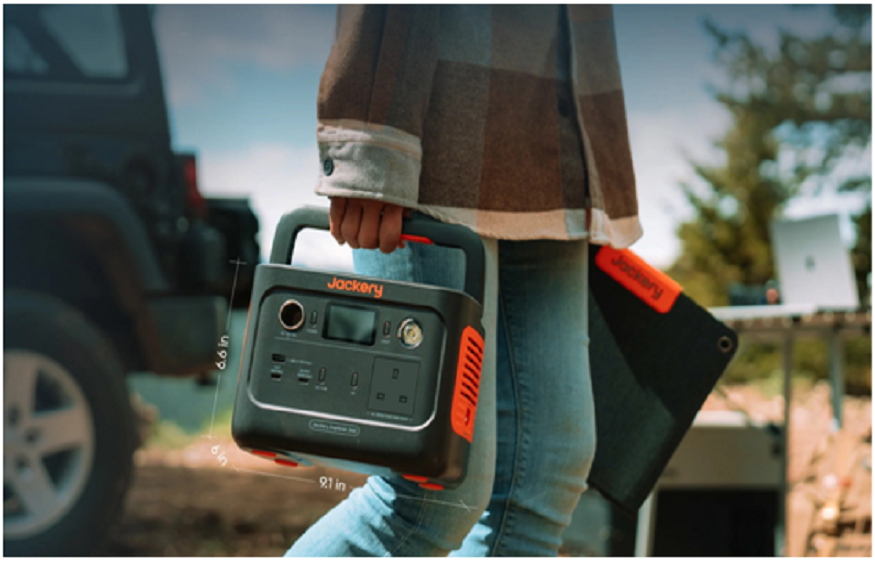An accelerated flow of mixed debris is created with demolition work. Sorting that debris correctly from day one will keep the job safer, less expensive and smoother for all. Overall sorting protects workers from stray nails, sharp edges, and dust. This clear guide outlines, step by step, how the crews can organize the waste stream and convert the messy job into clean results.
The 4 Main Waste Categories
Dumping laws (https://en.wikipedia.org/wiki/Environmental_dumping) and disposal codes change from town to town. However, the materials involved in most jobs break down to four easy categories. Recognizing these groups in advance allows the superintendent to choose his signs, the size of the containers, and where to stage them. It also simplifies the construction-waste management concept to everybody on the job.
- Inert & Masonry: Consists of concrete, block, brick, stone, tile, and asphalt. When separated clean, this material can go to concrete-crushing facilities and be returned in the form of road base or fill.
- Metals: Comprises iron, steel, aluminum, copper, and mixed light-gauge scrap. Clean metals denote value in terms of scrap value and reduce the landfill cost quote.
- Wood & Plant Material: This material consists of framing lumber, plywood, OSB (oriented strand board), untreated trim, and pallets, among other wood products. Treated wood, or wood that is painted, must be kept separate. Clean wood can be converted either to mulch or as biomass fuel.
- Mixed Residuals & Special Items: By mixed residuals, we mean pieces of drywall, plastics, insulation, glass, and/or anything that is contaminated. Paint, solvents, batteries, and/or asbestos are ‘special ‘or hazardous materials and must be handled only by licensed professionals.
Stationing color-coded signs at the containers in easily readable form will ease the following of these four streams of waste material in fast demolition work and job cleanup. When in doubt as to the type of material to handle, keep it out of the container until a supervisor has an opportunity to look at it.
Benefits Of On-Site Sorting
Sorting at the source saves time and money. No rehandling, lower tipping bucks and faster hauling of debris, because the trucks spend less time at the transfer station. Clear identification of bins and an intelligent layout keep each worker on the same page.
Locals such as Demolition Contractor Radnor Township, cansize the bins, post the signs, and establish a staging plan that fits the tight lots and narrow streets. They will also coordinate the schedule for the roll off dumpster, so that exchanges do not slow down production.
Good practices include a simple site plan, a safe traffic loop for trucks and firm ground for the exchange of bins. With those fundamentals established crews are spending comparatively more time working and less time moving piles two times. Keep the lids on the bins shut and the nets and nets on the bins will keep debris from blowing away. An appliance recycling area and a small staging area for reuse of doors and windows saves on trips and fits easily into local dumpster rental schedules.
Avoiding Contamination Fines
Recycling centers charge dearly when mixed in the container is the wrong stuff. A few wrong bits will change a “clean” container to one that will be expensive rubbish. Foremen should often check bins and instruct crews in the most common errors.
- Food or home rubbish that is dropped into a container designated C & D.
- Dirt, stone or concrete that is tossed into a cardboard or plastic container.
- Treated or painted lumber mixed in with clean wood.
- Paint cans, aerosol cans, solvents or batteries anywhere other than the marked hazardous waste station.
- Broken glass or plastic film thrown into the metal bin, or wire bundled with plastic sleeves still intact.
Quick solutions help: post larger photographic signs, place liners for light plastics, and have quick two-minute huddles at each shift start-up. Posting a simple “what goes where” chart at the saw table and dumpster gate makes for infrequent mistakes. Superintendents can assign a rotating bin captain to hand out partial loads and call hauling services when a container is near full.
How Recyclers Process Materials
After pick-up, loads go across a scale and get a quick look over. At the materials recovery facility, crews and machines work together. Steel is pulled by magnets, aluminum pushed with eddy currents. Screens and air pass fines from light film. Clean concrete goes to a crusher. Metals listed shipped to mills. Wood becomes mulch or fuel.
The better the sorting, the less re-work the recycler has to do—and with it a lower bill. Cleaner streams pass the line quicker and usually cost less to process. When recyclers are given clean construction debris removal, they are more likely to lower processing rates and better response time.
Improving Project Sustainability
Waste is not merely an end-of-day chore, but a measurable part of the build. Owners and general contractors now ask diversion numbers, photos, and tickets. Strong sorting can raise landfill diversion rates and help community goals, without slowing the schedule.Click here to learn more about landfill diversion.
- Write a short waste management plan listing streams, bins and the hauling schedule.
- Lay out a sorting zone on firm ground with clear arrows pointing for truck access.
- Right-size each roll-off dumpster to match the phase of work and estimated tonnage.
- Label each bin with large, weatherproof photo signs in English and whatever language other than English is spoken at that site.
- Train daily: one or two reminders at stretch and flex helps keep habits fresh.
- Track by day: log weights, take quick photos, and file tickets to prove results.
- Salvage before junking: doors, fixtures, and lumber can be reused or donated to cut costs.
- Choose vendors who report tonnage by stream and help in trying to attain optimum landfill diversion targets.
Good segregation increases safety, protects budgets, and makes for compliance with projects. It also shows clients and neighbors that the team builds with care and community respect. Clean sorting today makes for easier work—and a better bottom line—tomorrow.




